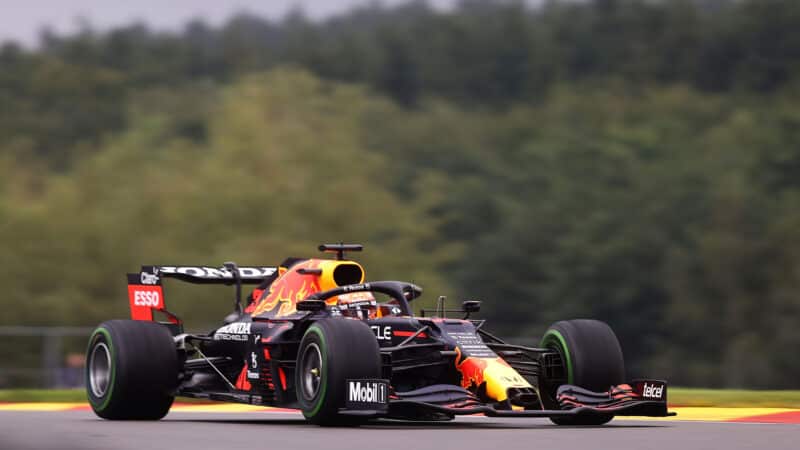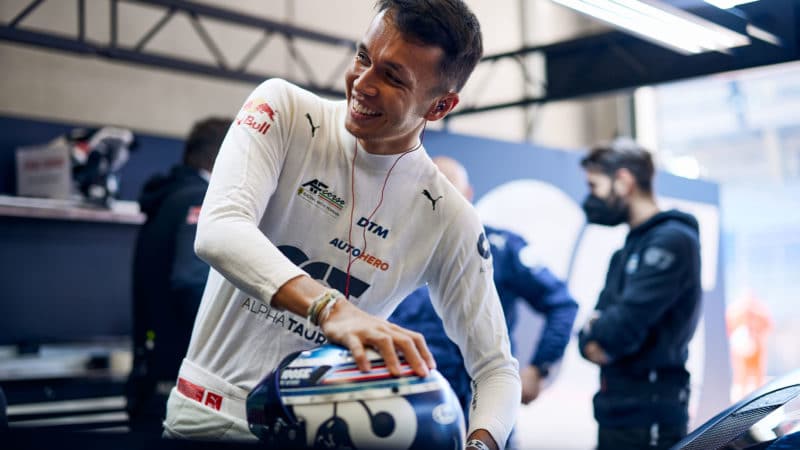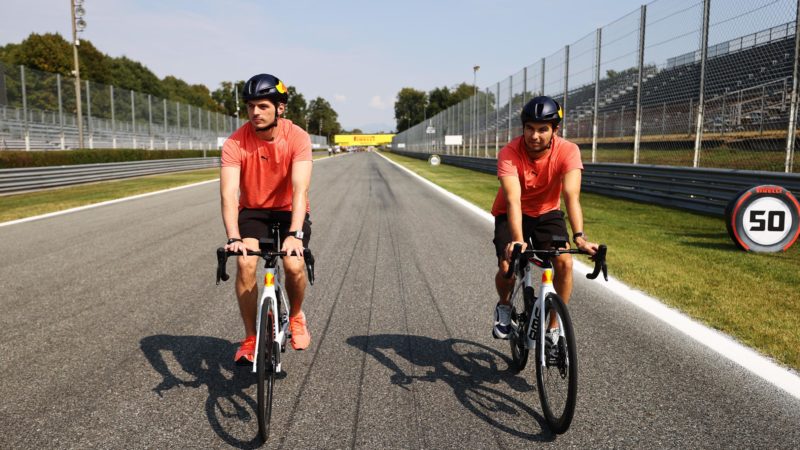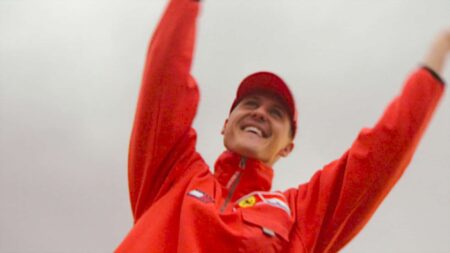It’s a pattern that would hold no surprises to Eddie Irvine who recalled how impossible it was to get anywhere near Ferrari team mate Michael Schumacher in the pitch-sensitive 1996 F310 but how it became feasible to get much closer as the Ferraris improved year-on-year. The gap between genius level driver and good driver is often exaggerated by the difficulty of the car. In the case of the ’96 Ferrari it was difficult because it was bad, but recent Red Bulls have been difficult but fast.
Why so? With a high-rake car the aero balance moves forwards more than on a low-rake car as the car slows. The rake increases as the downforce bleeds off and the rear ride height increases, which gives a more aggressive angle of attack for the front wing and leading edge of the floor. In that way, the natural understeer at slow speeds of an F1 car is reduced – and therefore the car can be made more stable in the fast corners without being slowed too much by understeer in the slow ones. That’s the general justification for high-rake and the aero surfaces of the whole car will be based around that.

Verstappen has mastered the art of driving with extreme high rake
Red Bull
But it can only be taken so far. Keep going higher with the rake and at some point the aero migration towards the front becomes too aggressive and the car becomes unstable into slow corners. The greater the level of instability the driver can live with, the faster the car will be – but the more difficult it will be to drive. The less skilled driver will only be able to retain control by driving it below its limits. They will feel like limits to him, but the telemetry from the other car will say different.
That is the essential genius of Verstappen and why gaps to his team mates are so big. As Gasly has shown, struggling as Max’s team mate doesn’t preclude future success and hopefully this is a point Albon will be able to underline next year.




